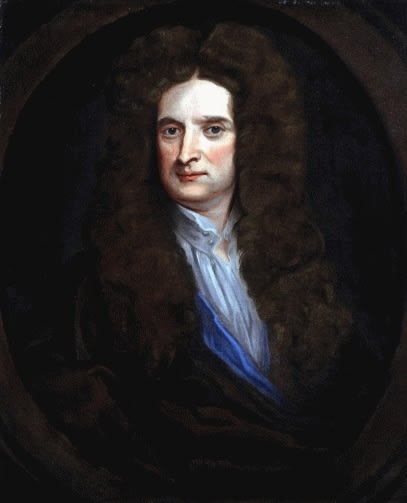
After Sir Godfrey Kneller Bt.
To view all current artworks for sale visit philipmould.com
Kneller's original portrait of 1702 (National Portrait Gallery) from which this studio version derives is justly regarded as one of the master's most remarkable works, not only as a portrait but as an exercise in painterly virtuosity. It has been remarked that the loose brushwork of the wig -an example of Kneller's painting of hair at its most free- seems animated by the restless intelligence of its subject.
Newton is still considered to have been among England's greatest scientists, and remains the most celebrated. Hs achievement is also a monument to that age, the late seventeenth century, when three Englishmen, Newton, Wren and Purcell, performed feats that gained international acclaim in the fields of science, architecture and music. Newton's two great contributions to the study of mathematics and physics were the Principia Mathematica of 1686 and the Opticks of 1704. In recognition of this and much other work he was President of the Royal Society from 1703 until his death in 1727.
Provenance
The Rectory, Burley on the HillBe the first to hear about our available artworks
* denotes required fields
We will process the personal data you have supplied in accordance with our privacy policy (available on request). You can unsubscribe or change your preferences at any time by clicking the link in our emails.